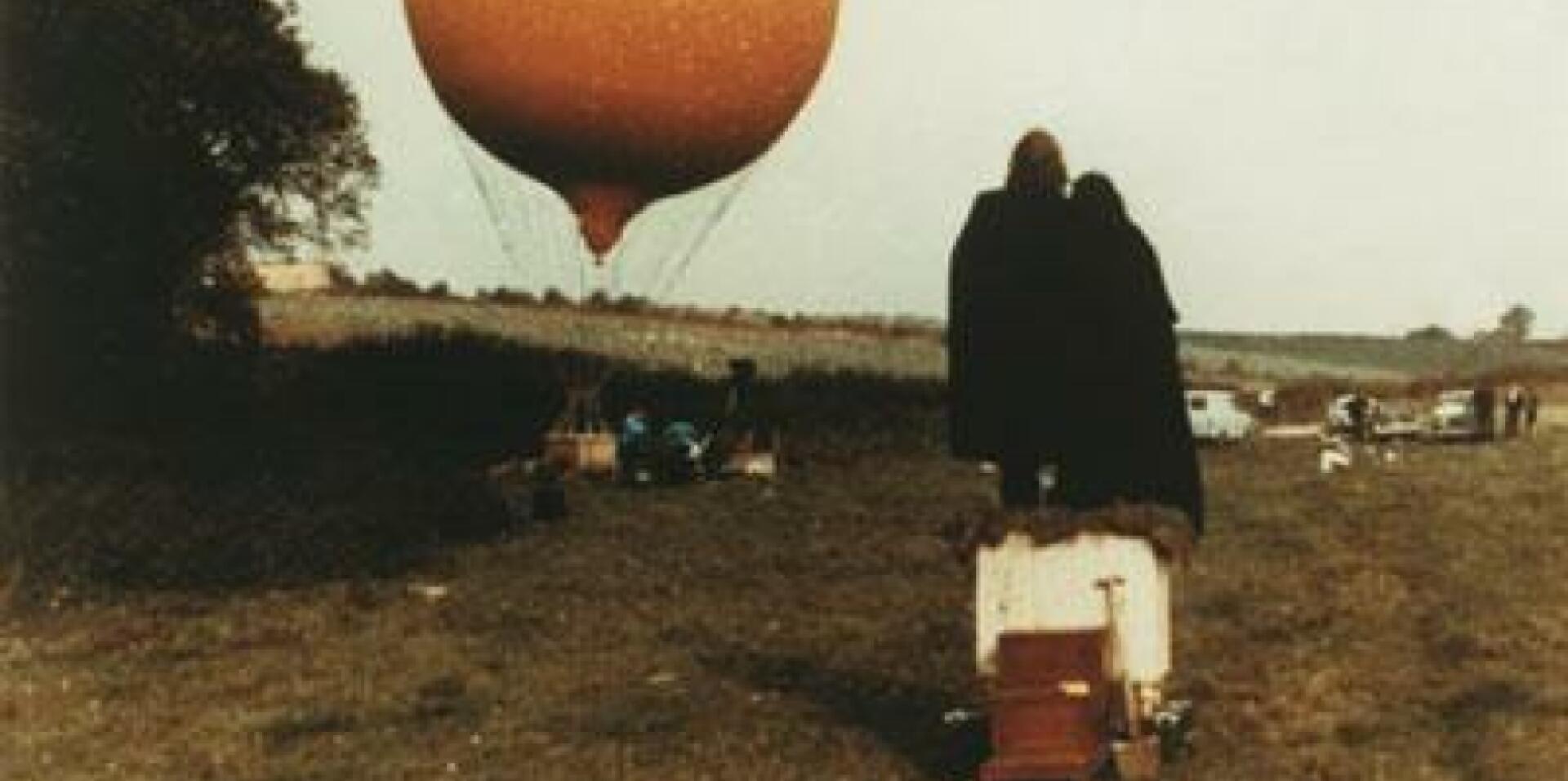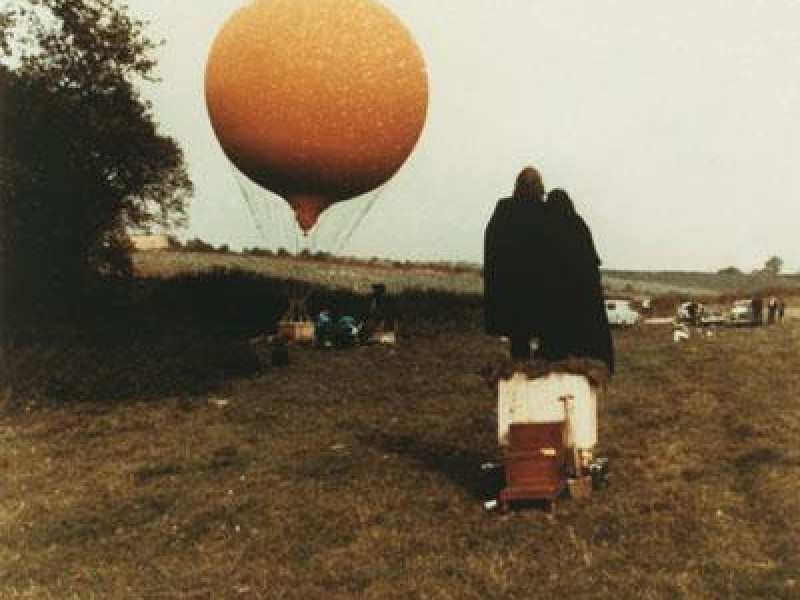
Apotheosis
John Lennon
Yoko Ono
Voyage en montgolfière au-dessus de la campagne anglaise enneigée, Apotheosis, film lumineux et silencieux, fut présenté en avant-première au Festival de Cannes en 1971.
Artistic & technical sheet
Image
Nik Knowland
Prod : Apple
3 Saville Row
Lodon W1
